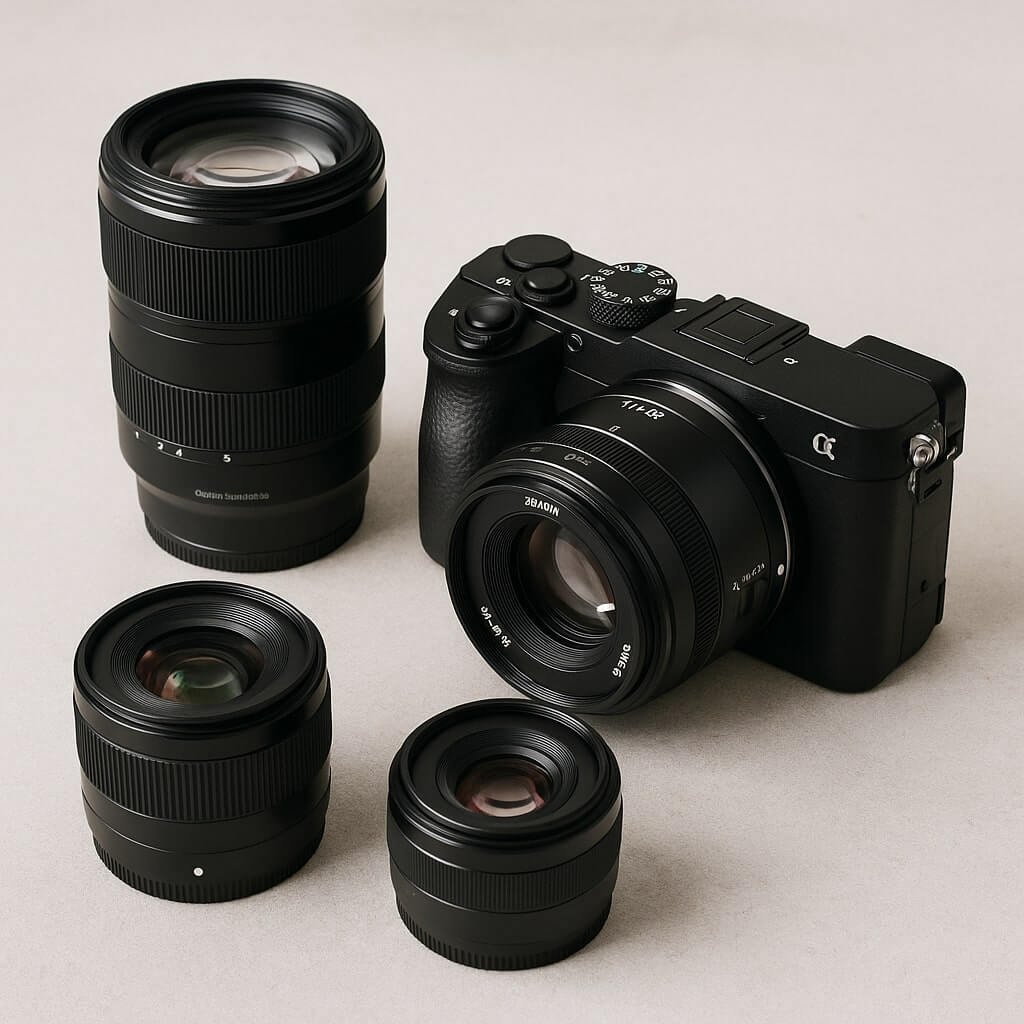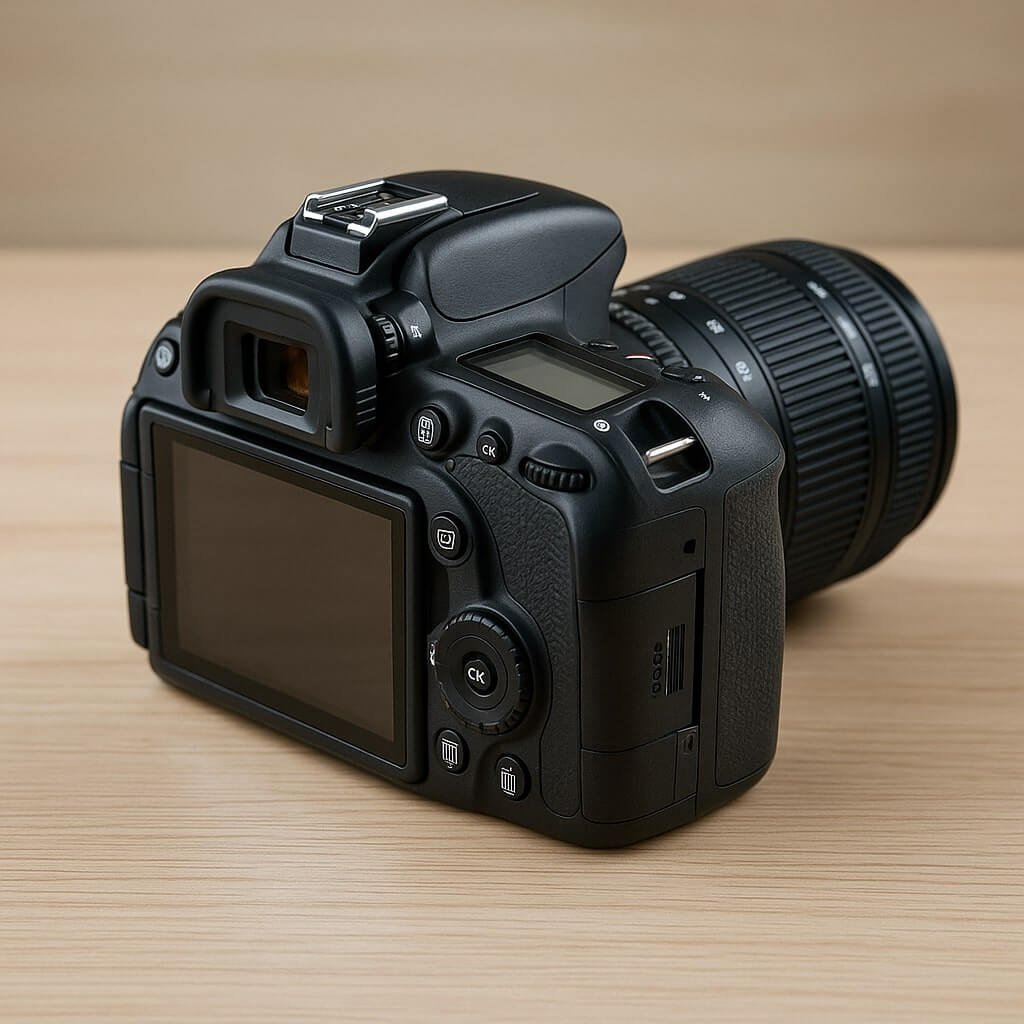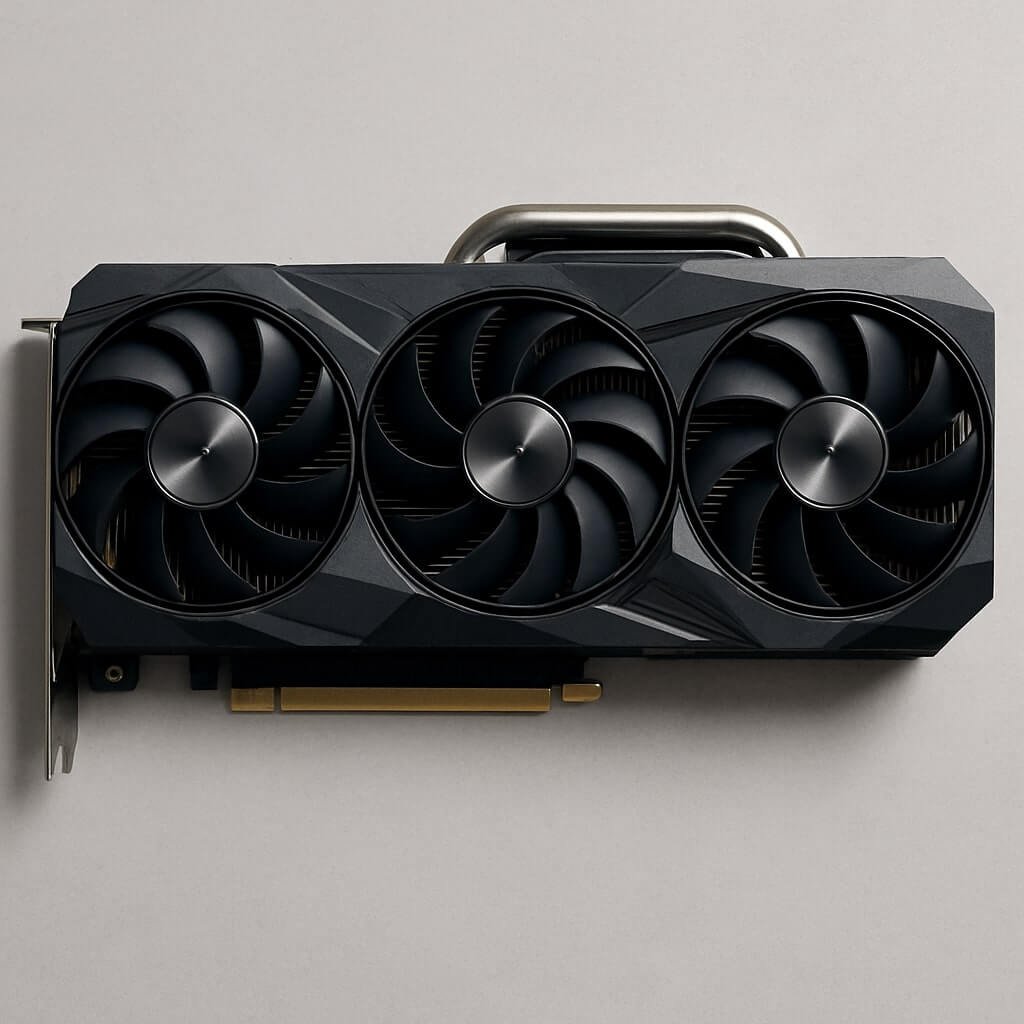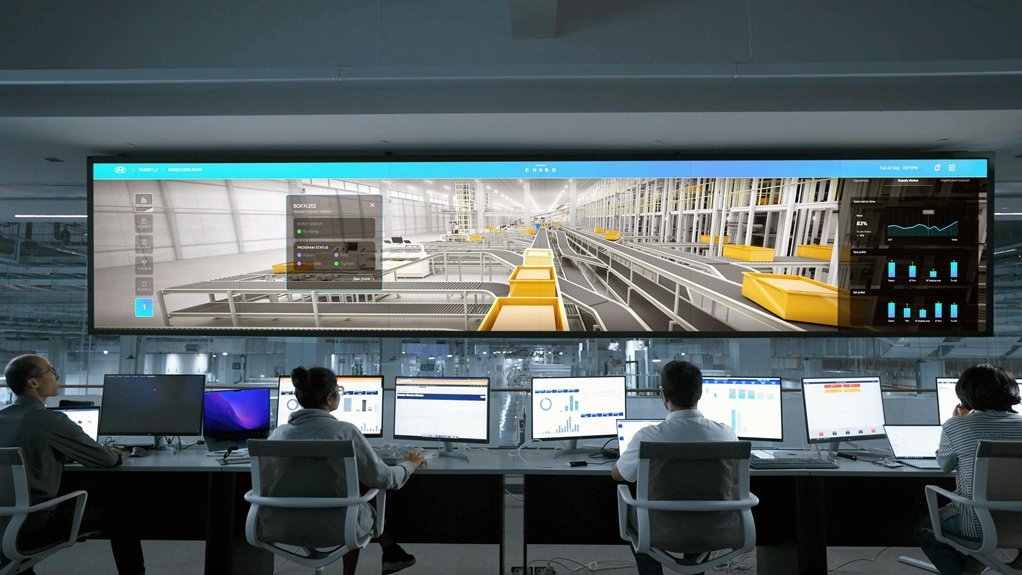Choosing the right mirrorless lens is crucial for unlocking the full potential of your camera. Whether you’re a budding photographer or a seasoned videographer, selecting the wrong lens can limit your creative expression and waste your budget. This SEO-optimised guide will walk you through everything you must know before buying mirrorless lenses, helping you make a smart, long-term investment.
Understanding Mirrorless Cameras and Their Lenses
What Is a Mirrorless Camera?
A mirrorless camera, unlike a DSLR, lacks a mirror mechanism. This design allows for a more compact, lightweight body without sacrificing image quality. Mirrorless systems use electronic viewfinders or LCDs to preview images and are often faster in autofocus due to sensor-based focusing systems.
Why Lens Choice Is Even More Important in Mirrorless Systems
Lenses are arguably more important than the camera body. Mirrorless lenses are typically newer, optimised for digital sensors, and offer edge-to-edge sharpness. However, due to the variety of mounts and brands, the selection process can be confusing.
Key Factors to Consider Before Buying a Mirrorless Lens
1. Camera Mount Compatibility
Each camera brand has its proprietary mount system (e.g., Sony E-mount, Canon RF, Nikon Z, Fujifilm X). Before purchasing any lens, confirm that it fits your camera body. Adapters can be used, but they might affect autofocus speed or image stabilisation.
2. Sensor Size: Full-Frame vs APS-C vs Micro Four Thirds
Lens compatibility also depends on sensor size. A lens designed for a full-frame sensor might not provide ideal results on an APS-C or MFT body, and vice versa. Look for native lenses to avoid crop factor confusion and ensure optimal image quality.
3. Prime vs Zoom Lenses
- Prime Lenses: Fixed focal length, typically faster (larger aperture), lighter, and sharper.
- Zoom Lenses: Versatile focal lengths in one body, great for travel and events.
Your choice depends on your shooting style—portraits, landscapes, street photography, or vlogging.
4. Aperture and Low-Light Performance
A larger maximum aperture (e.g., f/1.4, f/2.8) allows more light to hit the sensor, essential for low-light environments and creating beautiful background blur (bokeh). However, faster lenses are usually more expensive and heavier.
5. Autofocus System and Speed
Ensure the lens has a reliable, silent, and fast autofocus system, especially if you’re planning on shooting videos or action scenes. STM, USM, and linear motors are terms to look for in modern autofocus technologies.
6. Image Stabilisation
If your camera lacks in-body stabilisation (IBIS), go for a lens with Optical Image Stabilisation (OIS). It helps reduce blur in low light or handheld video shooting.
7. Build Quality and Weather Sealing
If you shoot outdoors, choose lenses with metal mounts and weather-sealed bodies. These are more durable and can handle rain, dust, or extreme temperatures.
8. Weight and Portability
Mirrorless cameras are known for their portability. Bulky lenses may defeat that purpose. Travel photographers and vloggers especially benefit from compact, lightweight lenses.
9. Budget and Long-Term Value
Higher price doesn’t always mean better performance. Invest in lenses that grow with your skillset and camera body. Third-party manufacturers like Sigma, Tamron, and Samyang offer excellent lenses at competitive prices.
Common Mistakes to Avoid When Buying Mirrorless Lenses
- Ignoring Crop Factor: APS-C and MFT sensors alter the effective focal length. Always factor this into your lens choice.
- Buying Too Many Lenses Too Soon: Learn your shooting style first, then invest gradually.
- Falling for Gimmicks: Some lenses have marketing hype without offering real-world benefits. Read hands-on reviews and look for sample images.
- Neglecting Compatibility for Future Upgrades: Choose lenses that can remain useful if you upgrade to a better body in the same ecosystem.
Best Mirrorless Lens Types by Use Case
| Use Case | Recommended Lens Type |
|---|---|
| Portraits | 50mm f/1.8, 85mm f/1.4 |
| Landscape | 16-35mm f/4, 20mm f/2.8 |
| Street Photography | 35mm f/2, 28mm f/2.8 |
| Wildlife/Sports | 70-200mm f/2.8, 100-400mm |
| Travel | 24-70mm, 18-135mm |
| Vlogging | 16mm f/1.4, 10-18mm |
Frequently Asked Questions (FAQs)
Can I use DSLR lenses on my mirrorless camera?
Yes, with an adapter. However, autofocus speed and lens performance may be reduced. Some DSLR lenses may also be bulkier.
Are third-party lenses worth it?
Definitely. Brands like Sigma and Tamron produce excellent lenses with professional-grade optics, often at a lower price.
What lens should a beginner start with?
A 24-70mm or 18-55mm kit lens is great for learning. As you develop your style, consider adding a 50mm f/1.8 for portraits or low-light shooting.
Do I need weather sealing in lenses?
Only if you plan to shoot in challenging environments (rain, snow, dust). Otherwise, standard lenses are fine for indoor and casual use.
Is optical image stabilisation (OIS) a must?
It depends on your camera body. If your mirrorless camera lacks IBIS, then yes—OIS is a great feature for handheld and low-light photography.
How do I future-proof my lens investment?
Stick to lenses with a wide aperture, good reviews, and compatibility with your brand’s full-frame mount if you plan to upgrade.
Final Thoughts
Buying a mirrorless lens is more than picking a brand name or going for the highest price tag. It’s about understanding your needs, camera system, and long-term goals. By keeping compatibility, focal length, aperture, and intended use in mind, you can build a versatile lens kit that evolves with your photography journey.






